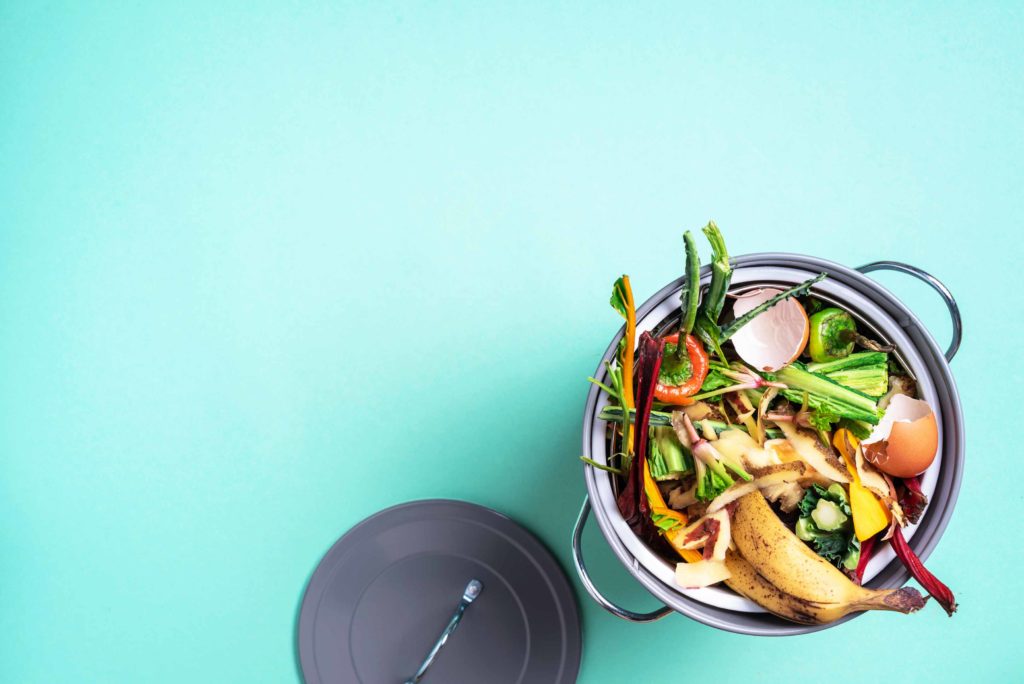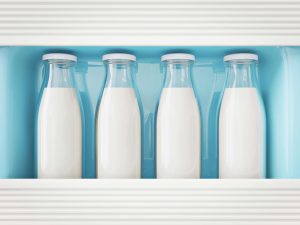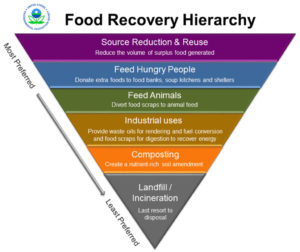
Source: nrdc.org/
As the largest city in the US, home to more than 8 million people and around 30,000 restaurants and eateries, New York produces a significant amount of food waste. However, the city has big plans to reduce this waste stream significantly in the coming years.
Today, around 18% of all waste generated by the city’s residents and businesses is food. That’s nearly 3.9 million tons every year, most of which ends up in landfill where it becomes a major methane gas producer as it decays, adding to the city’s environmental problems. But it doesn’t have to be this way.
Food waste in NYC: The facts
A study by the Natural Resources Defense Council (NRDC) found that in New York, 54% of food waste was generated in residential settings, 20% from restaurants and caterers, and the remainder by public and private facilities such as hospitals, colleges, and event facilities. Of this, an estimated 68% of all food discarded was considered still edible—this, at a time when 12.8% of New Yorkers are food insecure and food banks are calling for donations.
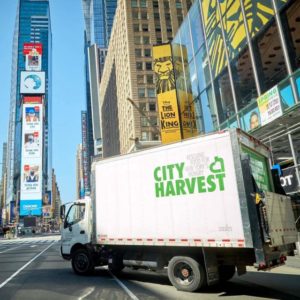
Source: https://www.cityharvest.org/
Improving these statistics doesn’t necessarily require significant changes to lifestyles or business operations, rather, incremental changes that gradually push diversion rates up. In fact, the New York State Department of Environmental Conservation estimates that if just 5% of waste food was diverted from landfill it could result in a reduction of more than 120,000 metric tons of greenhouse gas, such as carbon dioxide, per year.
One way to reduce the amount of food waste in NYC and increase food bank donations is to link these two issues together, and there are non-profits in the city attempting to do just that. These include City Harvest, the world’s first food rescue initiative; GrowNYC, an organization that aims to help individuals and businesses become more food aware through waste prevention and composting; and ReThink Food, a not-for-profit providing restaurants with resources to transform excess food into meals for their communities. Residents and businesses looking to reduce their food waste can get in touch with these organizations to find out how to do more.
There is also the question of what to do with food waste that cannot be rescued. How do we divert this from landfill to reduce CO2 and methane production? Additionally, how can residents and businesses access the education and facilities they need in order to raise diversion rates? Here, we look at how to recycle food waste in NYC and where to find organic waste recycling.
How to tackle food waste in NYC — A policy approach
New York City lawmakers are attempting to tackle the problem of food waste head-on, and the city has shown national leadership on the issue with two laws passed in 2013 that kickstarted the food waste recycling program. These established curbside collection programs using brown bins for residential food waste, and from 2018 onwards, all NYC residents were provided with access to convenient drop-off locations. While curbside collection has been paused since May 2020, local food recycling drop-off points can be found here.
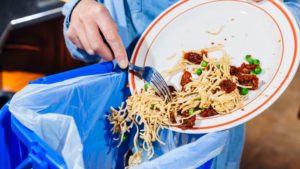 In recent years the city has also expanded the number of businesses required to separate organic waste, with legislation initially covering 350 businesses expanding to around 2,500 (see below for a list of qualifying establishments). These changes estimate an additional 50,000 tons of food waste diverted from landfill each year.
In recent years the city has also expanded the number of businesses required to separate organic waste, with legislation initially covering 350 businesses expanding to around 2,500 (see below for a list of qualifying establishments). These changes estimate an additional 50,000 tons of food waste diverted from landfill each year.
Finally, the Food Donation and Food Scrap Recycling Act was integrated into the budget for 2020, aiming to encourage healthy eating to fight climate change. This requires large producers of food waste such as restaurants, colleges, and sports stadiums to recycle food scraps, providing there is adequate processing capacity within a 25-mile radius. These policy victories will help combat the 500,000 tons of food waste produced by commercial institutions each year.
Food waste recycling in NYC — A strategy
Building on these policy advancements, the city is targeting food waste in several ways. The first, and arguably most important, is to reduce the amount of waste generated. This is where education plays a key role.
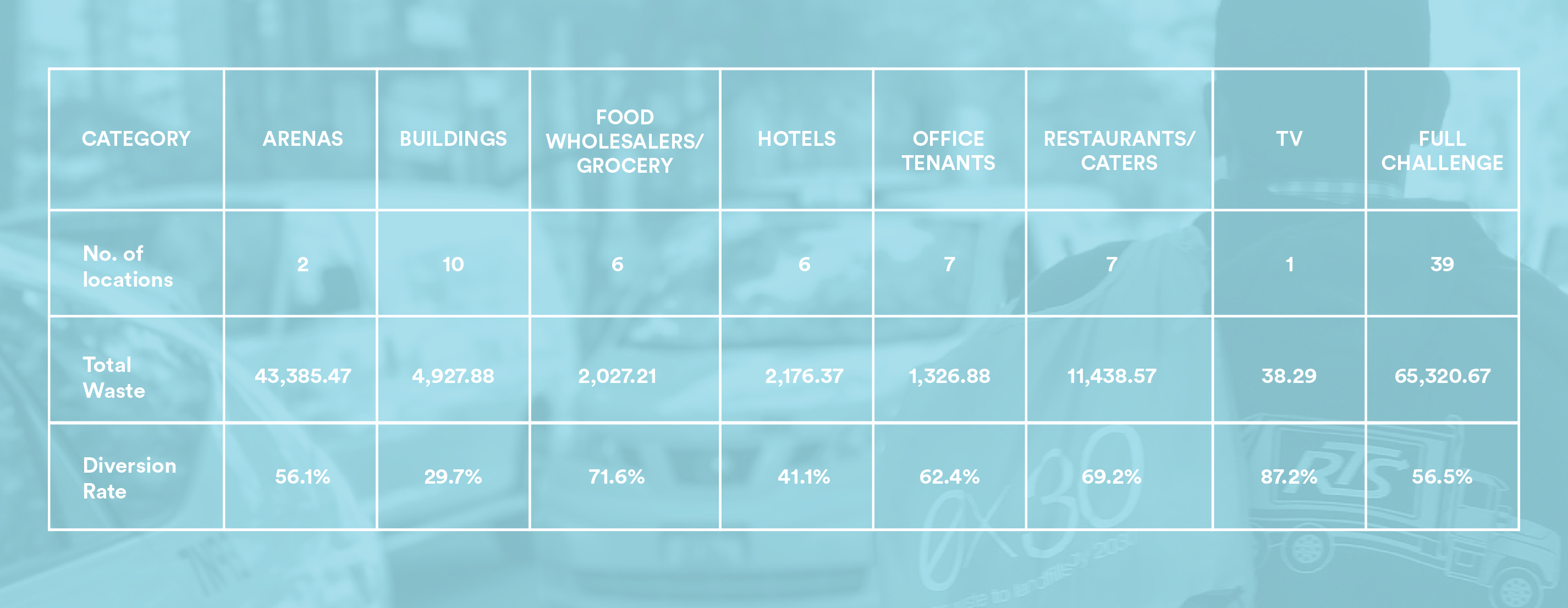
Data Taken from Final Zero Waste Challenge Report
Cities around the world have attempted to reduce waste by levying fines or charges for waste disposal. The New York Times reported the success of such programs in Seoul, South Korea. However, a similar trial in Seattle was halted when a judge ruled it unlawful for city employees to search through waste looking for food scraps. New York’s approach will likely focus on educational campaigns for individuals, with legislative options being saved for commercial organizations. Food scraps and yard waste are diverted from landfill to organics processing facilities, with the goal of the city being zero waste by 2030. The robust food donation portal and food waste fairs in NYC, run in tandem with supermarkets and restaurant chains, have also helped to reduce landfill waste.
How to recycle food waste in NYC — Advice for residents
Educating the residents of New York has been the biggest challenge for the city, and for many people, learning the realities behind how to manage food waste correctly has meant lifestyle changes that aim to reduce waste at the source rather than find an outlet for it later. NYC food scraps recycling and composting drop-off locations are now in place to accommodate residents, however, creating less waste in the first place remains the priority.
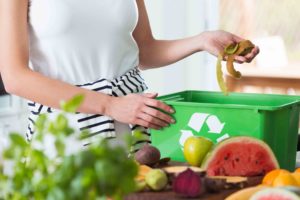 Private citizens looking to help stop food waste in New York can do a number of things to help. Some approaches include making a donation to a food bank and community food rescue centers. Developing a better understanding of ‘sell by’ dates on food and preserving through freezing can also help, while only buying what you need and ensuring leftovers are eaten is also important.
Private citizens looking to help stop food waste in New York can do a number of things to help. Some approaches include making a donation to a food bank and community food rescue centers. Developing a better understanding of ‘sell by’ dates on food and preserving through freezing can also help, while only buying what you need and ensuring leftovers are eaten is also important.
Despite best efforts to reduce waste, there will always be some level of food waste. Rather than treating this as trash, most of this can be processed through municipal composting services or even community gardens with composting capacity.
Unfortunately at the beginning of the pandemic, the city announced a number of budget cuts, which included cutting the entire municipal organics collection program. The city suspended the curbside organics collection program as of May 2020 and expects to continue the suspension through June 2022. If there are any changes to the program, NYC residents will be notified by local community boards and elected officials.
The city’s food scrap drop-off sites, led by GrowNYC, were also suspended in the Spring of 2020 but have since re-opened select drop-off locations throughout the city. NYC residents can check for updates and status of food scrap drop-off sites at Grow NYC.
Before visiting a food scrap drop-off site, it’s a good idea to confirm it’s open and accepting food scraps. Review opening hours on the Department of Sanitation website and reference this app which provides up-to-date information about waste collection and drop-off sites.

Residents can also use this resource to find out what is and is not accepted at each site, as it can vary. In general, the following is accepted for composting:
- Fruits, vegetables, and eggshells
- Coffee, loose leaf tea, and nuts
- Dried flowers and houseplants
- Bread, grains, and pasta
Commonly not accepted items include:
- Meat, fish, and dairy
- Pet waste and kitty litter
- Pressure-treated plywood, lumber, or sawdust
- Clean paper, glossy paper, or cardboard
- Metal, glass, or plastic
- Medical waste, diapers, and personal hygiene products
- BPI-certified compostable plastic products
As well as the community food waste drop off locations around the city, there are also micro-haulers that collect food waste:
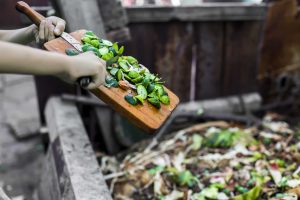
Source: rit.edu
How to manage food waste in NYC restaurants — Advice for small businesses
Small businesses are often exempt from legislation requiring them to compost food waste, but they can play an equally important part in the movement. Many small enterprises are concerned about donating food due to fears of liability, which is why knowledge of the Bill Emerson Good Samaritan Act of 1996 is so important. This waives any liability for food donated in good faith, except in cases of gross negligence or intentional misconduct.
In addition, the Food Waste Reduction and Diversion Reimbursement Program is a partnership between New York State and Rochester Institute of Technology (RIT). It is focused on creating incentives for the reduction of food waste, providing reimbursement to New York State businesses or non-profits that recycle large amounts of food waste. These reimbursements are aimed at offsetting the cost of the technology and equipment used to further reduce or divert that food waste from landfill.
NYC food waste recycling laws: Requirements for larger businesses
Recent legislation means that large waste generators are legally obliged to responsibly deal with food waste if they meet the following criteria (updated as of July 2020):
Foodservice establishments (restaurants, delis, coffee shops, cafeterias, etc.)
- With more than 7,000 square feet
- Chains with two or more NYC locations with a combined floor area of 8,000 square feet or more
- In hotels with more than 100 guest rooms
- With a combined floor area of 8,000 square feet or more in the same building or location
Retail food stores (such as supermarkets and grocery stores)
- With more than 10,000 square feet
- Chains with three or more NYC locations with a combined floor area of 10,000 square feet or more
Food preparation locations with 6,000 square feet or more
- Catering establishments hosting on-site events attended by more than 100 people
- Temporary public events attended by more than 500 people
- Arenas and stadiums with a seating capacity of at least 15,000 people
- Food manufacturers with a floor area of at least 25,000 square feet
- Food wholesalers with a floor area of at least 20,000 square feet
For larger businesses meeting these criteria, commercial waste management services are required to ensure compliance with regulations. This means organizing collections and monitoring diversion using approved haulers. At RTS we are committed to providing reliable, transparent, and sustainable services that not only allow your business to reach compliance but also work towards furthering your sustainability goals.
For more information on how your business can reduce food waste, or optimize your existing waste management operations, contact our TRUE advisors today. Additionally, subscribe to the RTS blog for more information on sustainable materials, waste reduction, and recycling.

